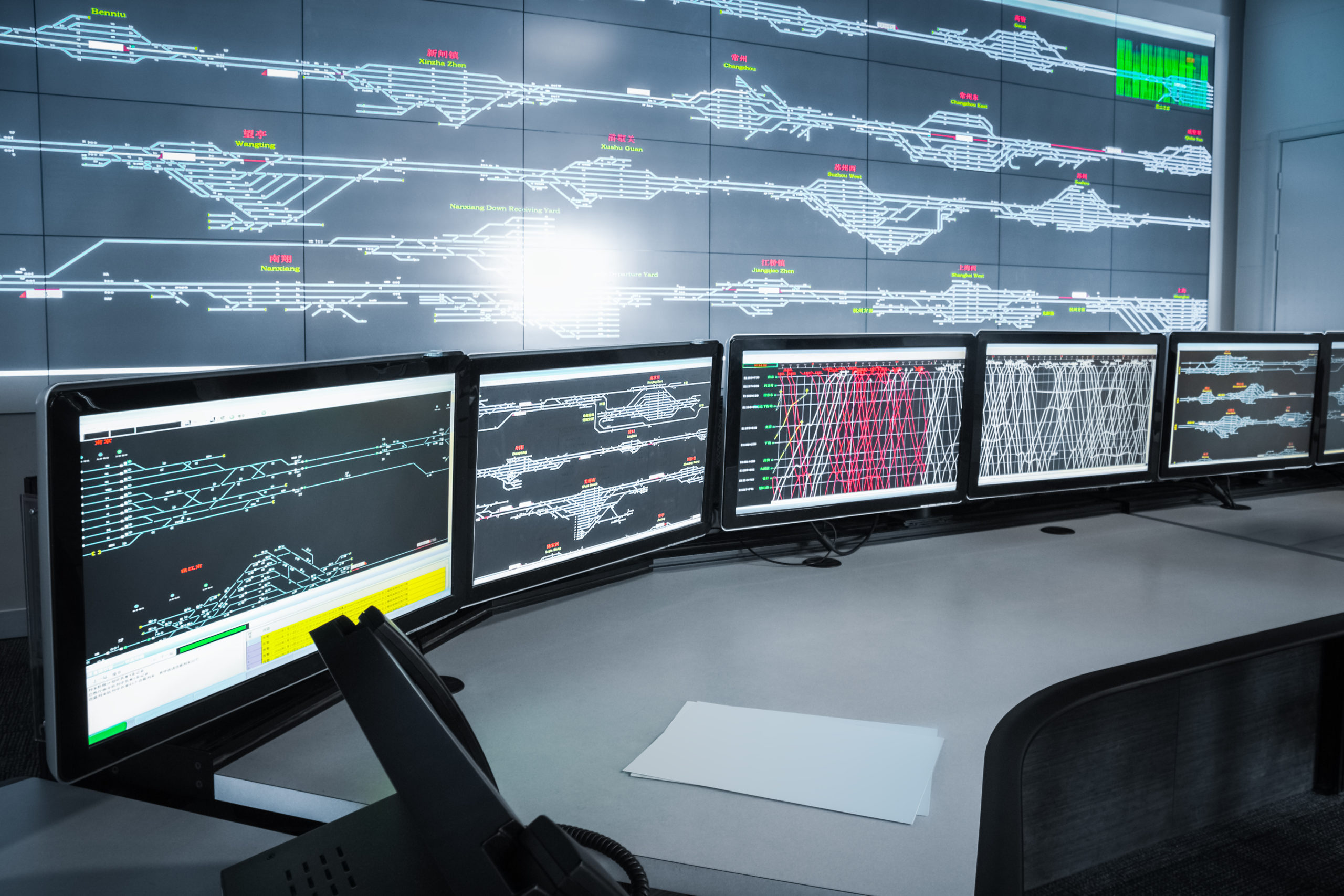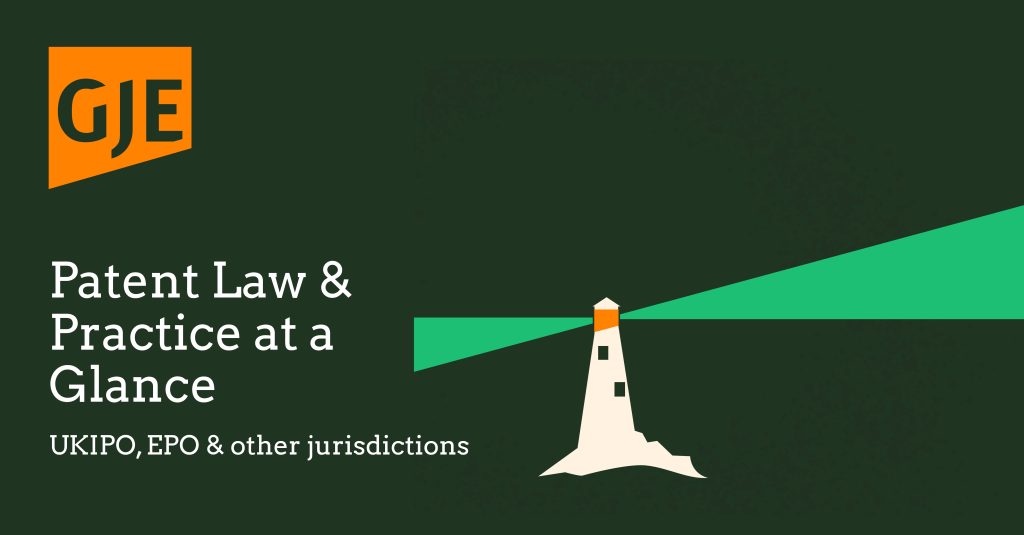
The patentability of computer simulations has recently been in the spotlight in Europe. On 10 March 2021, the Enlarged Board of Appeal (which is the highest court of appeal at the EPO) issued its decision in case G 1/19 confirming that computer simulations are patentable at the EPO. This whitepaper is intended as a practical guide to help you understand whether your computer simulation might be patentable in Europe in view of the recent developments at the EPO.
A key conclusion of G 1/19 was that, while a model used in a simulation is inherently non-technical, the model can contribute to technicality (and hence form part of the assessment of inventive step) in the case where the outcome of the simulation is used in a technical manner. This does not mean that the steps of implementing the outcome from the simulation in a real-world system or process to solve a technical problem need to be claimed; the invention can be claimed as a simulation only as long as the claims are (at least implicitly) restricted to the use of the simulation in the technical manner. This closely parallels the principles established with regard to AI and machine learning-based inventions, and indeed to mathematical methods and computer programs generally.
Although G 1/19 has provided some much-needed clarity concerning the patentability of computer simulations, this is still a complex area for applicants to navigate. Depending on the purpose of the simulation, there can be a subtle interplay between different factors that determine whether patent protection is available. We will firstly explore some of the key indicators to consider before reviewing some examples of applications filed in this area.
Click here for Computer Simulations – Strategy for Patents.
GJE Review: Simulations
GJE’s computer technology team have put together a comprehensive collection of content designed to equip your business with insight into simulations and the role intellectual property has in its development. To view the full collection, click here.

